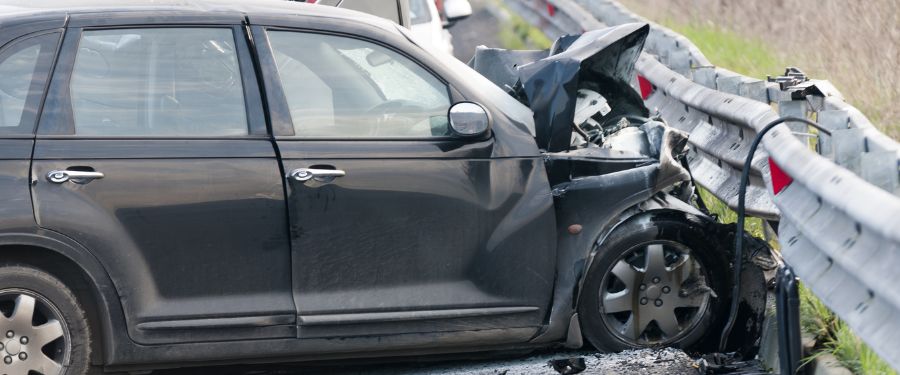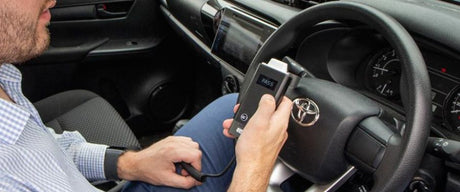Operation Australia Day 2024, which started on Thursday, 25 January, until Sunday, 29 January, recorded over 4,400 speeding and drug/drink driving offences throughout NSW.
The four-day-long police operation saw alarming road safety statistics, which included 3,682 speeding infringements, 244 drunk drivers, 543 positive roadside drug detections, and 302 major crashes with 110 injuries and 4 deaths, two more deaths than the same timeframe in 2023.
Unsafe drinking trends must be curbed, and awareness of the severity of the issue has to be raised to avoid an increase in road fatalities this year. It’s worth noting that there were over 350 deaths on the road in NSW last year, 68 more than in 2022.
The findings from this operation echo Andatech’s writeup on Australian Alcohol Road Safety Trends 2023 reported a drink-driving dilemma in NSW where more than 1 in 10 NSW drivers admitted to driving under the influence of alcohol.
LEARN MORE: Breathalysers to help solve NSW’s drink driving dilemma
Increase in breathalyser tests being conducted
On a more positive note, the Traffic and Highway Patrol Command, together with NSW police, conducted over 122,000 breath tests which led to the 244 drink-driving charges. This may have saved many more lives from being lost on the road.
The number of breath tests conducted seems headed in the right direction to meet the recommendations made by Austroads outlined by the National Roads and Motorists’ Association (NRMA). The recommendations seek to increase the number of random breath tests on the road to 1.1 breath tests per licence across NSW and ACT, equalling about 7.8 million breath tests per year.
The report by NRMA outlined the importance of RBTs in deterring drink driving:
“Not only are RBTs important to deter people from drink driving, but the majority of best practice drink driving countermeasures rely on drink drivers getting caught,” advised NRMA. “People will continue to lose their lives due to drink driving unless the dramatic escalation of RBTs occurs and important messaging around the risk is reinforced.”
Increase in drug-driving cases
Statistics from 2016 showed that drug driving charges surged by 320% from the previous year, soaring from 2,331 in 2015 to 9,808. The Australia Day operation alone gathered more than 5% of the 2016 number, a concerning statistic seeing as this operation was held over just four days in January.
This high number of charges during the Australia Day operation reinforces the need for ongoing and robust enforcement strategies to address drug driving and ensure road safety. This trend may also indicate a potential shift in driving habits and an increased awareness and focus on detecting and penalising drug-impaired driving.
The holiday operation findings also imply that certain holidays or events contribute to a spike in drug-driving incidents, necessitating targeted enforcement during such times.
How do police conduct roadside drug testing?
Australian police typically involve saliva drug testing kits to detect the presence of certain illicit substances. Roadside drug testing is usually conducted in RBTs, where breathalyser tests are also conducted.
If the officer assesses the driver’s behaviour and deems it necessary, they can request the driver to provide a saliva sample on a saliva drug test kit to analyse it for specific drugs. The testing device provides instant results.
If the initial test indicates the presence of drugs, a further test may be asked to be conducted. If that is also positive, the sample is then sent to a laboratory for confirmation.
Additional penalties are also levied on drivers if they are also caught drink driving.
LEARN MORE: Drink driving penalties in Australia
Improving drink and drug driving statistics in 2024
2023 saw a total of 1,253 deaths on Australian roads. Although drugs and alcohol are not a contributing factor in all of these instances, a study found that approximately 30% of fatal crashes involved a driver with a blood alcohol content (BAC) reading that is above the legal limit of .05%BAC.
Drug driving road statistics have currently not been published. However, with the practice on the rise, Australians should employ prevention methods to avoid unwanted accidents involving drugs on the road.
Solving the issue of drug driving requires a coordinated effort from government agencies, law enforcement, educational institutions, healthcare providers and the community at large. By combining prevention, enforcement, and support measures, it is possible to create safer roads and reduce the incidence of drug-impaired driving.
Using a personal breathalyser on nights out or at home before driving can play a complementary role in fostering a culture of responsibility, preventing drink driving incidents, and promoting overall road safety.
This initiative, coupled with broader education, enforcement, and support programs, can help achieve comprehensive results.





